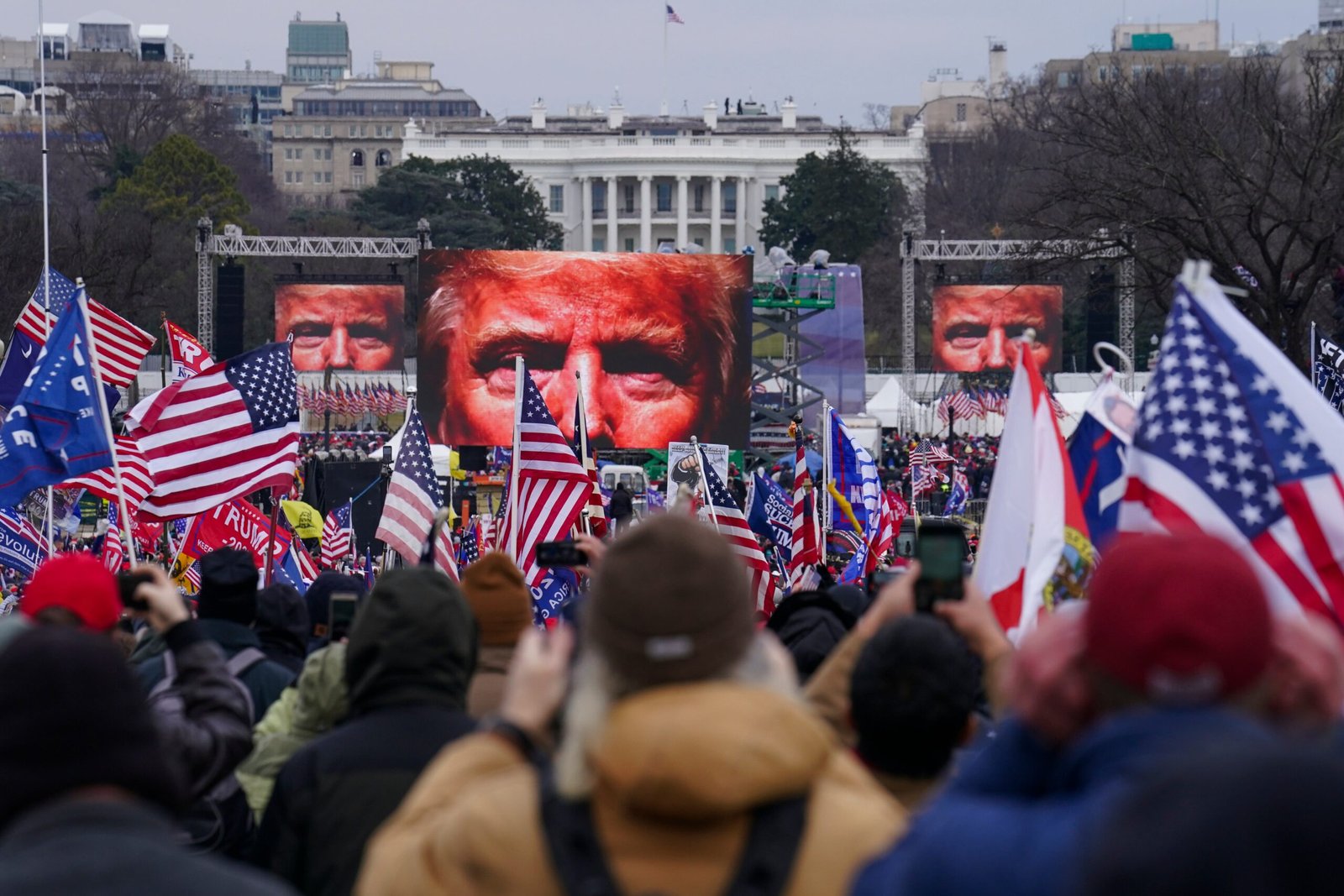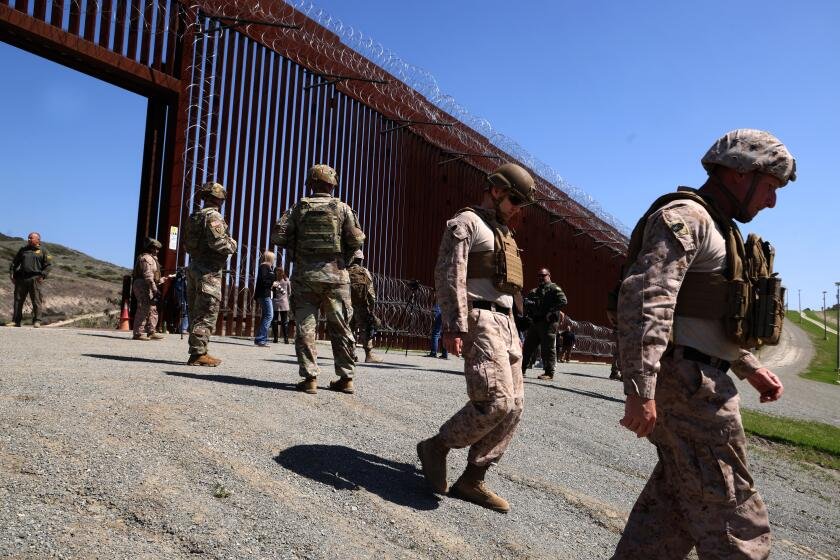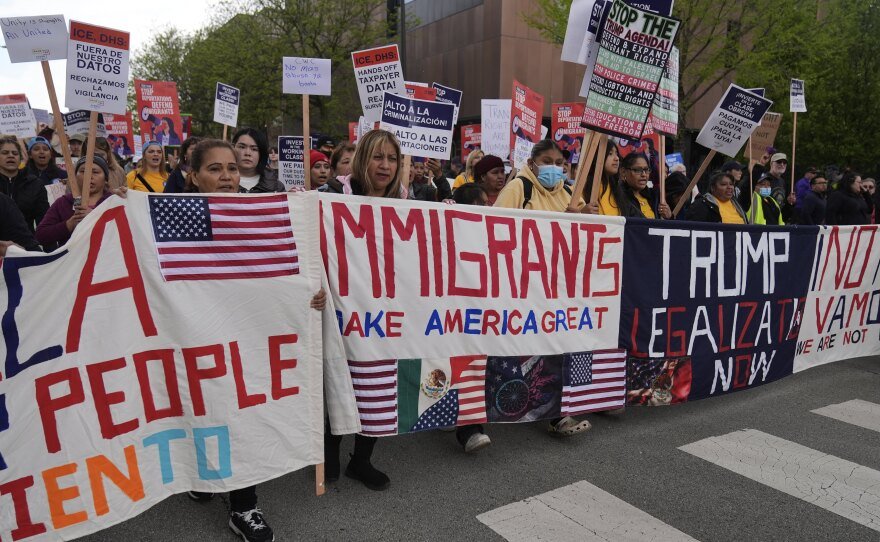
The Border Is Everywhere: Immigration, Fear, and the Quiet Panic Inside California
“We crossed the desert, but the fear followed us here.” — Irma G., domestic worker, undocumented, Los Angeles County

Prologue: The Sound of the Door
In the early morning hours of March 14, 2025, a family of five in Modesto was awakened by a knock. It was soft, almost polite. Then it came again — louder, this time with the authority of gloves and radios.
The family didn’t answer. They remained frozen, lights off, behind thin drywall and decades of fear. It was an ICE raid, one of hundreds across California that week, authorized by federal order and executed without the state’s cooperation.
They never opened the door. But the children didn’t sleep again for three nights. And the parents haven’t left their home since.
This is what it means to live in California in 2025 — a state at war with the federal government, where citizenship is not a guarantee of peace, and non-citizens live as fugitives in plain sight.
I. Immigration as Policy and Weapon
The Trump administration may have ended in 2021, but its immigration machinery did not. The Deferred Action for Childhood Arrivals (DACA) program was weakened. Deportations rose again through judicial orders. The private detention industry expanded quietly, supported by state-level cooperation in red zones and legal ambiguity in sanctuary states like California.
By 2025, the system isn’t just flawed. It is designed to produce fear.
In the Central Valley, agriculture still depends on undocumented labor. Yet those same workers face biometric checkpoints on their way to pick produce. In urban Los Angeles, domestic workers hide in plain sight — praised by clients, betrayed by systems.
This is not about legality. It is about visibility. Those who are undocumented are asked to work, consume, and remain invisible. When they organize — they are arrested. When they vote, they are criminalized. When they survive, they are scapegoated.
II. The Anatomy of Panic
What does panic look like? It’s not just deportation. It’s what happens before.
- Children memorize lawyer phone numbers instead of bedtime stories.
- Adults avoid hospitals, even during medical emergencies.
- Rent is paid in cash, jobs are accepted under aliases, IDs are faked, loyalty is bought with silence.
In 2025, California is the epicenter of American immigration contradiction: it needs immigrants, it defends them politically, and it cannot protect them structurally.
This tension has exploded into protest. But for many immigrants, protest is a luxury. Their uprising is quieter: absence from work, disappearing from state databases, moving cities in the middle of the night.
They are not fleeing war. They are fleeing paperwork.
III. The Border Is Not Geographic
In the American imagination, the border is a wall. But in reality, the border is:
- The grey van that stops outside a school at 6:43 AM.
- The facial scan required at a downtown subway entrance.
- The social worker who asks too many questions.
- The court date scheduled without a translator.
- The silence in a breakroom when someone asks about papers.
In 2025, the border is portable. It follows people into their homes, their phones, their hospital beds.
It is not just a line — it is a surveillance condition.
IV. From Fear to Community Defense
Yet in this bleak landscape, something is emerging.
In Santa Ana, youth centers distribute “Know Your Rights” kits.
In Oakland, undocumented activists lead rent strikes.
In Fresno, farmworker cooperatives bypass banks with their own community lending circles.
In San Diego, encrypted apps help undocumented families locate legal aid in real time.
These are not acts of resistance. They are acts of survival as sovereignty.
While the federal government builds enforcement systems, immigrants are building systems of care.
They are not waiting to be defended. They are defending each other.
Conclusion: Citizenship Is Not the Endgame
The conversation around immigration often ends with citizenship. But in 2025, citizenship feels increasingly hollow.
Ask an immigrant child in East L.A. what they want, and they won’t say “a passport.” They’ll say:
- To walk to school without fear.
- To see their father at dinner.
- To stop pretending.
- To feel at home.
We don’t need new walls or new laws. We need a new moral contract.
Until then, California will remain a sanctuary in name, and a battleground in truth.
For a deeper sociological exploration of immigrant life in crisis-era California, read California on Fire — a 100+ page expert analysis of the 2025 uprisings, federal disintegration, and the American moral dilemma.


